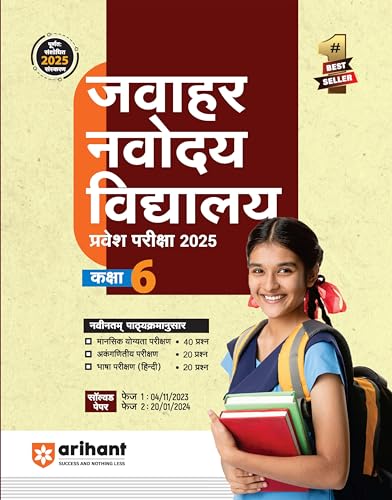1 Good quality modern education to talented children predominantly from
rural areas.
2 Co-educational and fully residential, from Class VI to Class XII.
3 Location – usually in rural areas.
4 Free education including board and lodging, Uniforms, Text Books,
Stationery, etc.
5 Affiliated to CBSE.
6 Implementation of Three-Language Formula.
7 The medium of instruction in JNVs is the mother tongue or regional language up to class VIII and thereafter English for Mathematics & Science and Hindi/English for Social Science. Students of JNVs appear for board
examinations of CBSE.
8. 30% of students in Class-IX from a Vidyalaya located in Hindi speaking area
spend one academic year in a Vidyalaya in non-Hindi speaking area and
vice versa to promote national integration through understanding of the
diversity and plurality of country’s culture and people.

Leave a Reply